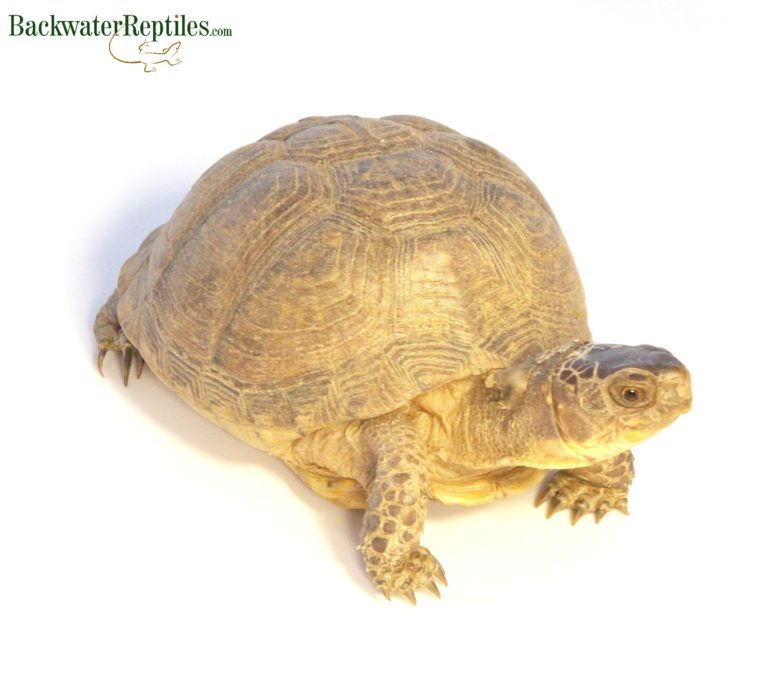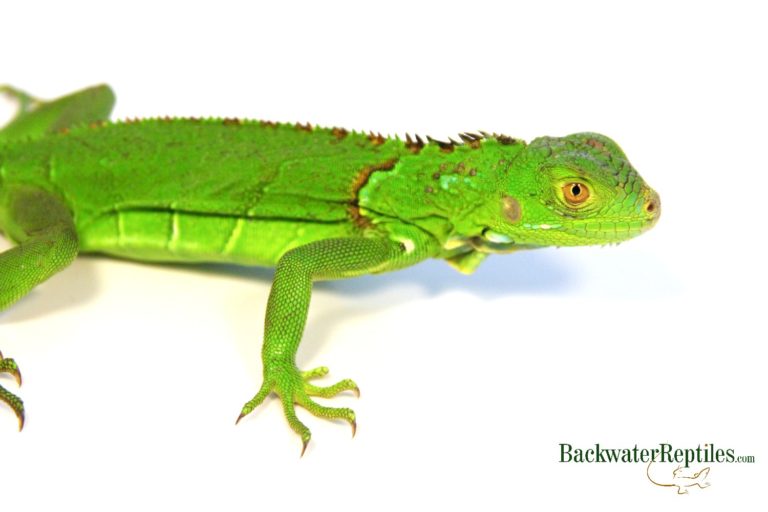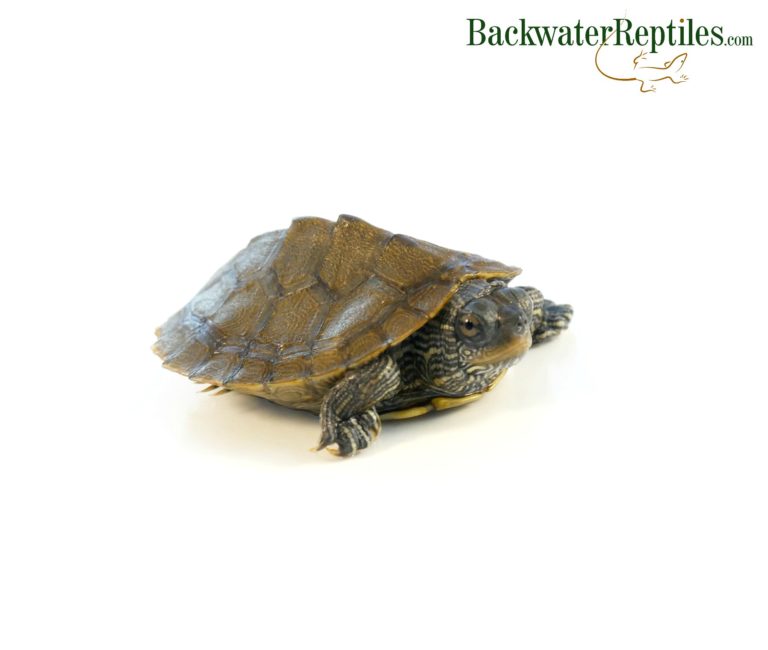What is reptile brumation?
In a nutshell, brumation in reptiles is very similar to hibernation in mammals. Because reptiles are ectothermic and rely on external sources to regulate body temperature, when the weather gets too cold for comfort, they go into a state of reduced activity in order to survive.
Although we hope most reptile owners maintain good temperatures for their pets year round, since it is the time of year when the weather is cold outside, this article will discuss brumation in detail.
In this article, we will address the following questions and how they pertain to the husbandry of our cold-blooded friends:
Do reptiles hibernate?
How long does brumation last?
Should I allow my pet to go into a state of brumation?
What should I do if my pet reptile happens to enter into a state of brumation?

Do reptiles hibernate?
Scientifically speaking, hibernation and the very specific behaviors that come along with it only occur in mammals. However, a similar physiological process occurs in reptiles when the weather becomes too cold for them to survive normally and they enter into a state of dormancy.
Most of us know that reptiles are ectothermic, AKA cold-blooded, and therefore cannot maintain a constant body temperature without the help of external sources. This is why you see reptiles basking in the sun in the wild or sitting under a heat lamp in captivity. Their body temperature is dependent upon their surroundings and they absorb the heat accordingly.
When brumation occurs, reptiles will find a safe space to hunker down for the duration of the cold spell. This safe space is referred to as a hibernaculum and is usually a burrow, rock crevice, cave, or beneath leaf litter, although some species can brumate under water.
Brumation is a very strange survival tactic built into reptilian brains the world over. Even reptiles in tropical climates where the weather typically never gets too cold can go into states of drastically reduced activity where they slow down, eat less, and stay in hiding more.
Another way to think of brumation is as a state of suspended animation. We’d compare it to entering into hyper sleep like in a science fiction film, although it’s certainly not as extreme as that. But biological processes including feeding and defecating do cease and the reptile would appear to be in a deep sleep should you ever get the chance to witness an animal who is brumating.
How long does brumation last?
Because brumation is a survival tactic, the duration is largely dependent upon the animal’s immediate surroundings and environment. Colder environments for longer durations means a longer period of brumation.

For the most part, reptiles will brumate during the cold season of the year. In the U.S., this means that brumation occurs during the winter, although this “rule” varies from place to place.
We’d say that at its longest, brumation lasts several months, although this is not a strict rule. Again, brumation time will vary based on the reptile’s environment.

Should I allow my pet to go into a state of brumation?
In captivity, there is truthfully not much reason for a reptile to enter a state of brumation since we monitor the temperature of their enclosures very closely. Technically speaking, because our beloved pets have heat lamps, basking areas and temperature controlled environments within our homes, your pet reptile should have no need to brumate.
There is one reason some owners decide to create conditions suitable for brumation and that is breeding. Although it’s not true for all species, in general, cold weather triggers the production of sperm in males and prepares females for ovulation once the weather warms up in spring. This means that some breeders will induce brumation with the intent of prompting their reptiles to breed. They are mimicking seasonal triggers in hopes of replicating seasons in the wild and ultimately encouraging a period of breeding.
Breeding in reptiles is not an exact science and some maintain that brumation is not necessary at all. Others feel that a slight drop in temperature for a period of time is enough to give reptiles the seasonal cue that it’s time to breed.
True brumation is also risky to the animal if done improperly. In the wild, many reptiles do not awake from brumation. In captivity, although brumation would be very closely monitored, there are still health risks for the animal.
Ultimately, at Backwater Reptiles, we do not induce brumation in order to get our animals to breed. Our temperatures are kept warm and we allow our animals to do what comes naturally to them. Whether or not you wish to induce brumation for any reason is up to each individual owner or breeder.
What should I do if my pet reptile happens to enter a state of brumation?
We’d like to mention that most pet reptiles kept in enclosures with controlled temperature and lighting should not enter into a state of brumation unless their owner changes their set up.
What can happen in most homes is a natural and subtle change in environmental cues that reptiles can sense. Even in cages with regulated heat and light periods, often times reptiles’ metabolisms will slow down during the cold season of the year. They won’t stop eating or eliminating waste entirely, but it’s not uncommon for them to slow down. Owners will likely notice their pet being more sluggish, eating less, and hiding more. This is all normal behavior and is not considered to be brumation.
If you have a species that is more prone to brumate on its own such as a box turtle, you may need to prepare a proper hibernaculum to keep the animal safe and secure. You will need to closely monitor temperature to make sure it doesn’t drop below bearable levels. Your pet won’t be eating, but you will need to make sure the animal stays hydrated.
Conclusion
Although reptiles do not hibernate, they can enter a state of brumation, which is essentially the reptilian version of hibernation. In the wild, it’s a behavior that helps reptiles survive cold spells.
Because reptiles that are kept as pets in captivity have enclosures with closely monitored temperatures and humidity levels, they typically do not brumate. These animals simply do not encounter environmental conditions that trigger them to enter into a state of brumation.
Although it’s still up for debate whether or not the risks outweigh the benefits, some reptile breeders do induce brumation or at least decrease the temperatures in their animals’ environment. It’s ultimately up to individual owners and breeders whether or not they feel brumation is beneficial for their animal.
